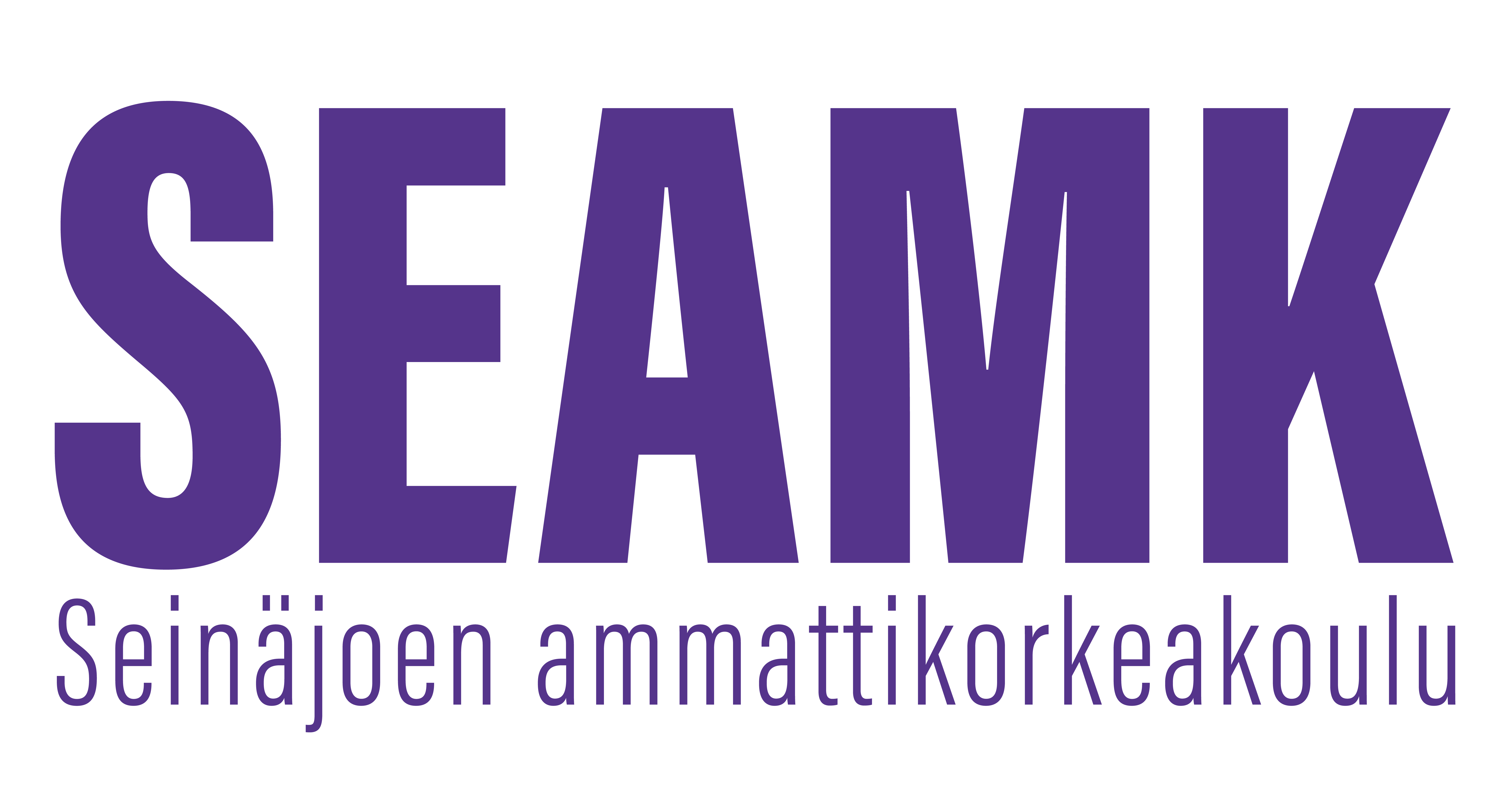Sensor Technology (3op)
Toteutuksen tunnus: AE00CM51-3003
Toteutuksen perustiedot
- Ilmoittautumisaika
- 22.04.2024 - 04.09.2024
- Ilmoittautuminen toteutukselle on päättynyt.
- Ajoitus
- 26.08.2024 - 13.10.2024
- Toteutus on päättynyt.
- Opintopistemäärä
- 3 op
- Lähiosuus
- 3 op
- Toteutustapa
- Lähiopetus
- Yksikkö
- SeAMK Automaatio- ja tietotekniikka
- Toimipiste
- SeAMK Seinäjoki, Frami
- Opetuskielet
- englanti
- Koulutus
- Bachelor of Engineering, Automation Engineering
- Opettajat
- Sami Rinta-Valkama
- Ryhmät
-
AE23Bachelor of Engineering, Automation Engineering
- Opintojakso
- AE00CM51
Arviointiasteikko
1-5
Tavoitteet
Students will learn about the basic sensors used in machine automation. They will understand how sensors work, their electrical and mechanical properties and performance characteristics. They will be competent in selecting appropriate sensors for solving problems with detection and measuring. They will be able to make electrical connections for sensors and connect them to control units and fieldbuses.
Sisältö
- Basics in sensor technology
- Protection classes
- On-off sensors
- Sensors that detect presence
- Sensors that measure magnitudes
- Detection techniques
- Measuring movement
- Computer vision
- Connecting sensors and practice making measurements in the lab
Oppimateriaalit
Luennoitsijan luentomateriaalit, luentojen esimerkit, harjoitustyöt sekä maahantuojien tuote- ja ohjelmointimanuaalit.
Opetusmenetelmät
Lähiopetus. Luennot, esimerkit, harjoitukset, seminaarityö sekä ryhmätyöt laboratoriossa.
Opiskelijan ajankäyttö ja kuormitus
Työmäärä yhteensä 81 h. 28 h luokkahuonekoulutusta, johon sisältyy laboratorioharjoituksia. 53 h itseopiskelua.
Arviointikriteerit, tyydyttävä (1)
The student knows and commands the basic operation of sensors and the concepts - in the one to be been satisfied with numbers. He is able to solve faults in the basic sensors and is able to replace with the similar sensor of the one which had been damaged.
Arviointikriteerit, hyvä (3)
The student knows well the basic concepts which are related to the sensors and their operating principles. He is able to adapt his knowledge in the solving of problems of different types and either in place of the one which had been damaged or to a new target the sensor which is suitable for choosing.
Arviointikriteerit, kiitettävä (5)
The student knows the concepts and operating principles of different sensors well. In addition to the basic sensors, he is able to choose special sensors also to different applications and environments.
Esitietovaatimukset
No previous studies are required.
